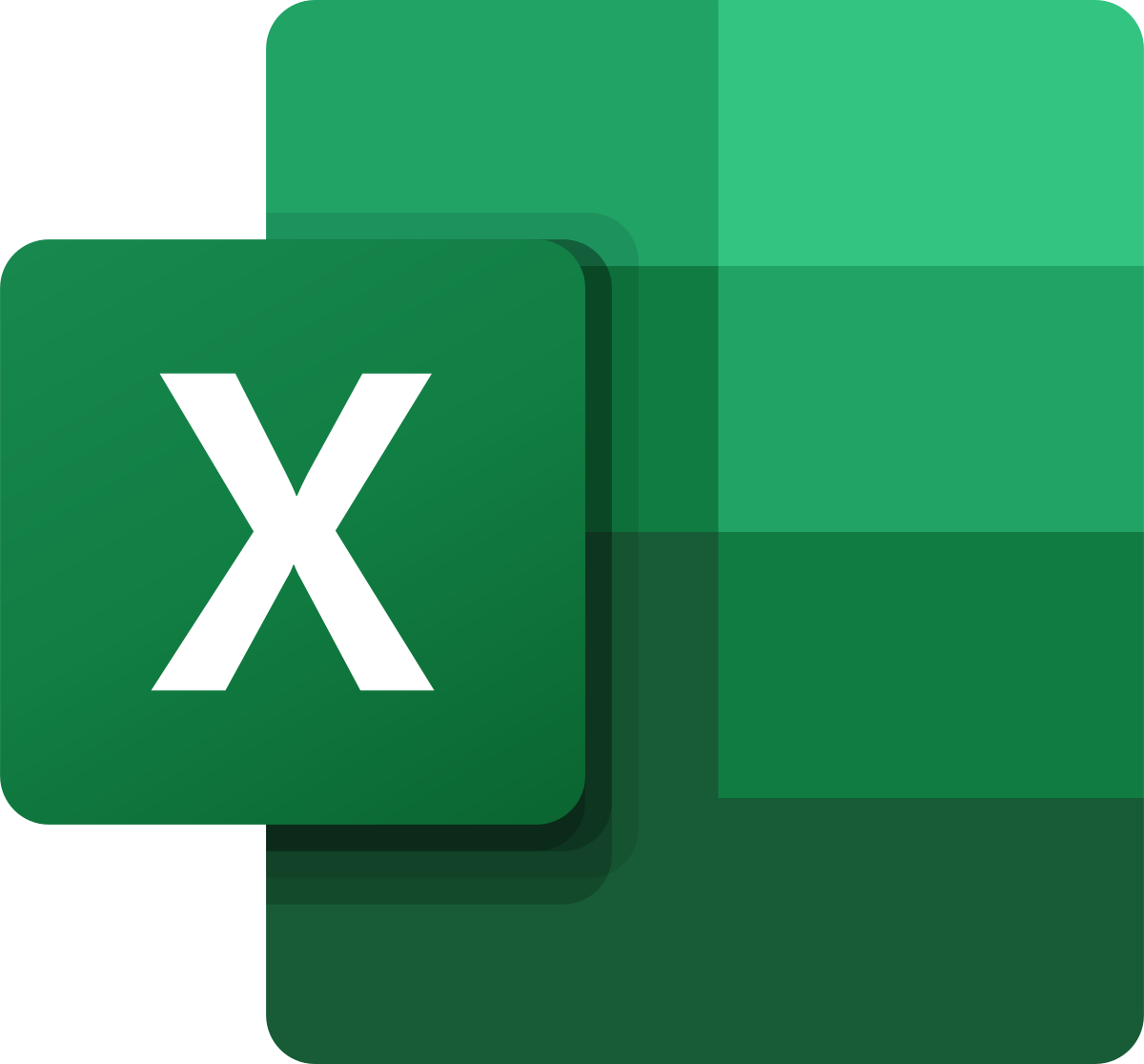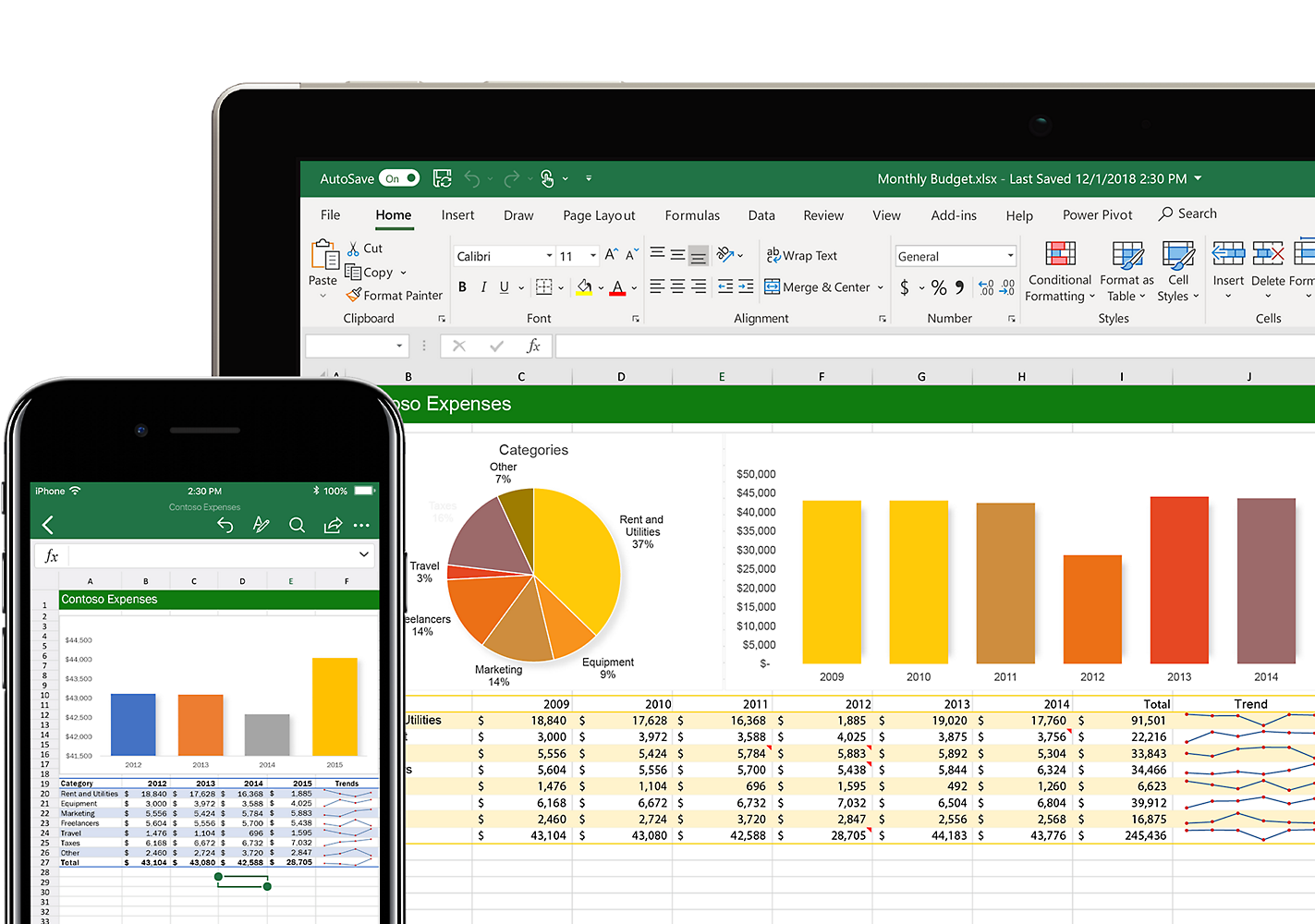So you’ve probably heard of Microsoft Excel, right? But have you ever wondered if it’s even considered a software? Well, wonder no more! In this article, we’re going to explore whether Microsoft Excel qualifies as a software. Whether you use it for data analysis, financial modeling, or simply creating spreadsheets, Excel has become an indispensable tool for many professionals. So let’s dive right in, and find out if Excel truly fits the definition of a software.
Is Microsoft Excel A Software?
Definition of Software
Before diving into the question of whether Microsoft Excel is a software, let’s first clarify what software actually means. In the broadest sense, software refers to a set of instructions or programs that are used to operate and control computer hardware. These instructions enable the computer to perform specific tasks or functions, ranging from basic functions like word processing to more complex operations like data analysis and modeling.
Microsoft Excel Overview
With a basic understanding of software, we can now explore whether Microsoft Excel falls into this category. Microsoft Excel is indeed a software that is developed and marketed by Microsoft Corporation. It is a spreadsheet program that allows users to organize, manipulate, and analyze data using a grid-like interface made up of cells. Excel is widely used across various industries and sectors for its versatility and powerful features.
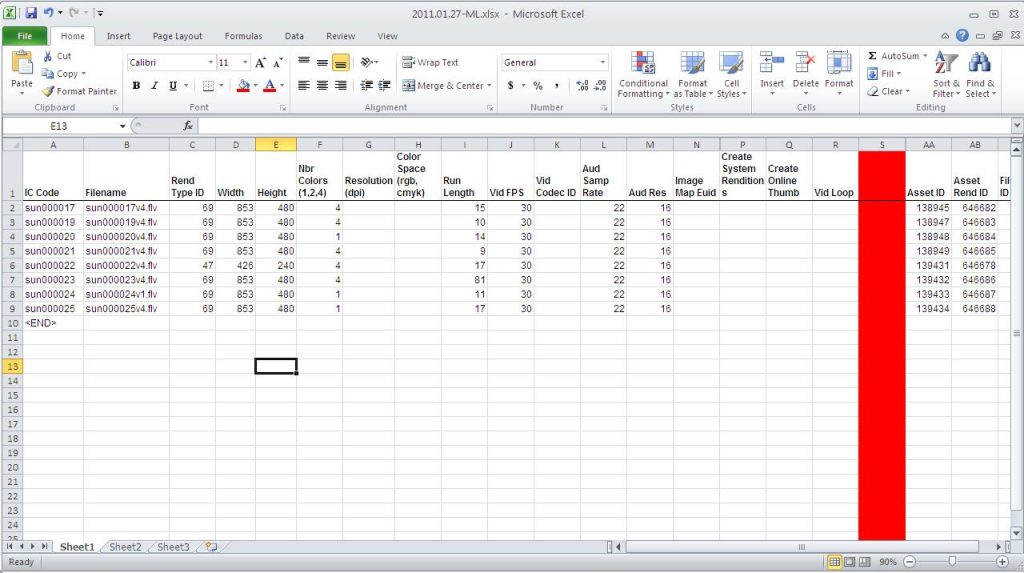
This image is property of cdn.britannica.com.
The Purpose of Microsoft Excel
The primary purpose of Microsoft Excel is to provide users with a tool for effectively managing and analyzing numerical data. Whether you’re working with financial data, creating charts and graphs, conducting statistical analysis, or even keeping track of your personal expenses, Excel provides a user-friendly platform to perform these tasks efficiently. It offers a rich set of functions and formulas that allow you to perform complex calculations and automate repetitive tasks.
The Features of Microsoft Excel
Excel is equipped with a wide range of features that enhance its functionality and make it a powerful tool for data manipulation. Some key features include:
- Spreadsheet Layout: Excel’s grid-like layout allows users to organize data in rows and columns, making it easy to input, edit, and analyze data.
- Formulas and Functions: Excel offers a vast array of built-in formulas and functions that enable users to perform calculations and manipulate data. From basic arithmetic functions to advanced statistical functions, Excel has it all.
- Charting and Graphing: Excel provides various chart types and customization options, making it easy to visualize your data through charts and graphs.
- Data Analysis and Modeling: With Excel’s data analysis tools, users can perform tasks like regression analysis, forecasting, and goal-seeking to gain valuable insights from their data.
- Conditional Formatting: Excel allows you to apply formatting rules based on specified conditions, making it easier to highlight important data and identify trends.
- Data Validation: Excel’s data validation feature allows users to restrict data input to specific formats or ranges, ensuring data accuracy and consistency.
These are just a few examples of the many features that make Microsoft Excel a robust software for data management and analysis.
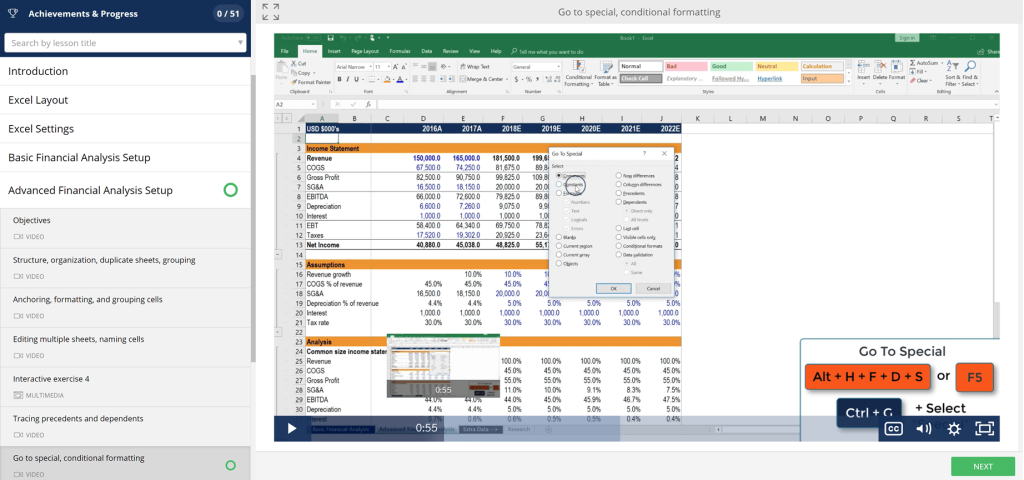
This image is property of cdn.corporatefinanceinstitute.com.
Excel Scripts and Macros
In addition to its core features, Microsoft Excel allows users to automate repetitive tasks through the use of scripts and macros. A macro is a recorded set of actions that can be played back later, while a script is a set of instructions written in a programming language specific to Excel. By using macros or scripts, users can automate tasks such as data entry, formatting, and report generation, saving valuable time and effort.
Microsoft Excel vs Other Spreadsheet Software
While Microsoft Excel is undoubtedly one of the most popular spreadsheet software options, it’s worth mentioning that there are other alternatives available in the market. Google Sheets, for example, is a cloud-based spreadsheet software that offers similar functionality to Excel. However, Excel has certain advantages that set it apart from its competitors. One of these advantages is its extensive list of features and functions, which allows for more complex data analysis and modeling. Additionally, Excel’s compatibility with other Microsoft Office applications, such as Word and PowerPoint, makes it a preferred choice for many professionals.
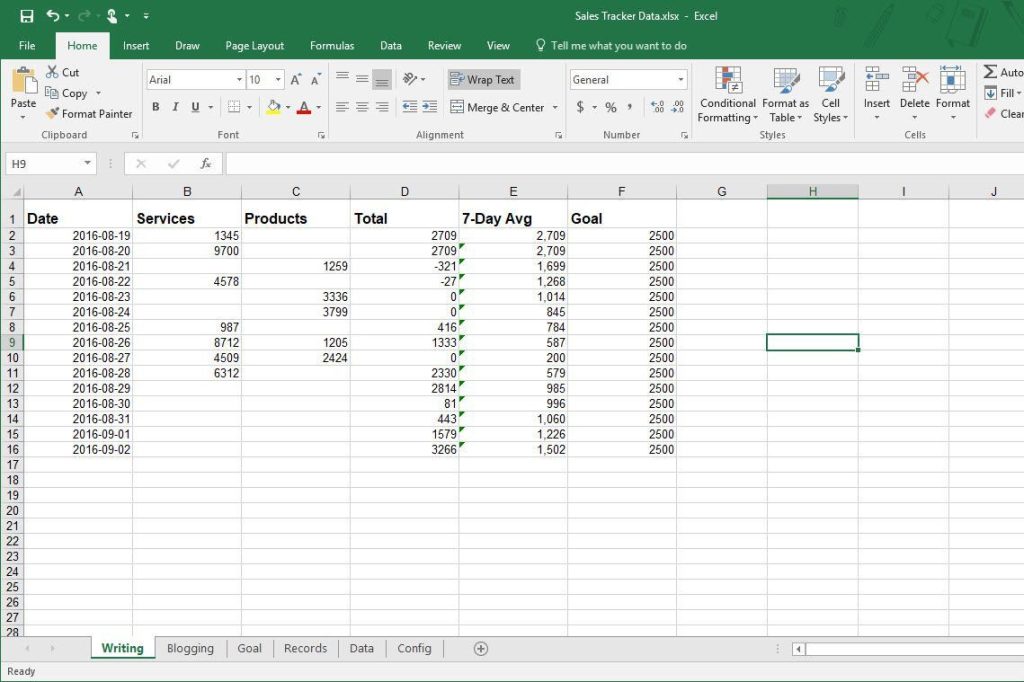
This image is property of www.lifewire.com.
Versions of Microsoft Excel
Over the years, Microsoft has released multiple versions of Excel, each with its own set of improvements and enhancements. The most recent version, as of this writing, is Microsoft Excel 2019, which is part of the Microsoft Office 2019 suite. This version includes new features like advanced data analysis capabilities, improved charting tools, and a more intuitive user interface. It’s important to stay up to date with the latest version of Excel to take advantage of these enhancements and ensure compatibility with newer file formats.
The Popularity of Microsoft Excel
Microsoft Excel has gained immense popularity since its initial release in 1985. It has become a staple in businesses, educational institutions, and even personal use. Its widespread use can be attributed to its user-friendly interface, powerful features, and compatibility with other Microsoft products. Moreover, Excel’s versatility allows it to cater to a wide range of industries and professions, including finance, marketing, engineering, and more. The demand for professionals proficient in Excel is consistently high, making it an essential skill in today’s job market.
This image is property of cdn-dynmedia-1.microsoft.com.
Common Uses of Microsoft Excel
The uses of Microsoft Excel are vast and diverse, making it a valuable tool for countless tasks and industries. Some common use cases of Excel include:
- Financial Analysis: Excel’s ability to perform complex calculations and create financial models makes it an indispensable tool for financial analysis and budgeting.
- Data Visualization: With its charting and graphing capabilities, Excel is commonly used to visualize data and present it in a clear and concise manner.
- Inventory Management: Excel’s spreadsheet layout makes it a convenient option for tracking and managing inventory, especially for small businesses.
- Project Management: Excel can be used to create Gantt charts, track project milestones, and manage task dependencies, making it a helpful tool for project management.
- Academic Research: Excel’s statistical analysis functions and data manipulation capabilities make it an invaluable resource for academic research, particularly in fields like economics and social sciences.
- Personal Finance: Many individuals use Excel to create personal budgets, track expenses, and analyze their financial situation.
These examples are just the tip of the iceberg. The versatility of Excel enables users to find innovative ways to utilize its features and meet their specific needs.
Conclusion
In conclusion, Microsoft Excel is indeed a software that provides users with a comprehensive tool for managing and analyzing data. With its extensive features, automation capabilities, and widespread usage, Excel has established itself as a go-to software for data manipulation and analysis across various industries and professions. Whether you’re a financial analyst, a researcher, a small business owner, or simply someone who wants to stay organized, Excel offers a range of functionalities to suit your needs. So the next time you open a spreadsheet in Excel, remember that you’re utilizing a powerful software that has revolutionized the way we work with data.
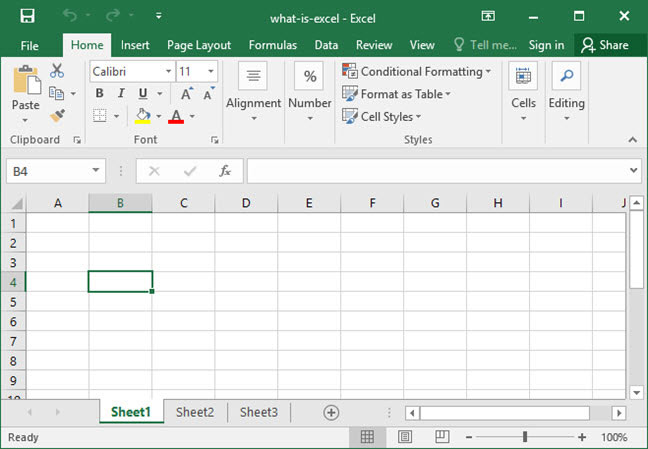
This image is property of deskbright-media.s3.amazonaws.com.
